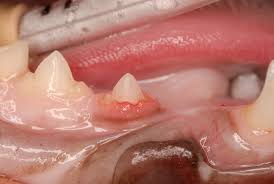tooth resorption cats symptoms
Anorexia Weight loss Pain during eating Chewing with only one side of the mouth Dropping food from the mouth Swallowing kibble whole Drooling Bad breath Gingivitis appears as a bright red section of the gums Vomiting Behavioral changes. Symptoms of tooth resorption Feline.

Chronic Feline Gingivostomatitis Proven Therapeutic Approaches And New Treatment Options
A cats instinct to survive and hide her pain often means that she can go on eating and living a normal cat life while experiencing even high degrees of pain.

. What are the signs and symptoms of tooth resorption in cats. That being said your feline may show some signs that she has oral sensitivity or discomfort due to resorptive lesions. Symptoms of tooth resorption in cats can range from.
Dale Kressin DVM DAVDC of Animal Dentistry and Oral Surgery Specialists LLC. Resorptive lesions usually appear along or below the gumline so you may be able to notice blood in this area without prying your cats mouth open. The origin is thought to be inflammatory.
Pain can be difficult to notice in your cat and many cats will still appear to eat normally with a painful mouth which is one of the many reasons annual veterinary visits are recommended to have your cats mouth examined. Identifying tooth resorption in cats often requires a thorough veterinary dental exam. Without treatment a cat is in extreme pain may stop eating become very ill.
Feline immunodeficiency virus and stress on the teeth due to poor dental alignment can also trigger tooth resorption in some cats. Feline tooth resorption is a common painful condition in domestic cats. In many cases without radiographic and clinical screening in an anesthetized cat tooth resorption will go undetected and the cat will be in pain in silence.
What cats are at risk of tooth resorption. Over 50 of adult cats develop tooth resorption. All types of teeth in the feline dentition may be affected but lesions seem to be more common in certain teeth.
Incidence reports list a range from 30 to 60 for cats affected by this oral condition. One of the most common symptoms in cats with tooth resorption is pain. 3 Dental radiographs are required for proper diagnosis and treatmentFeline tooth resorption TR a.
Routine radiography is required for timely diagnosis. Tooth resorption can be difficult to detect with cats often masking signs of oral discomfort or pain. 12 Risk factors include increasing age and the presence of other dental disease including additional TR lesions.
Symptoms that may occur are listed as follows. Symptoms may include bad breath drooling bleeding from the mouth and difficulty eating a messy. However the lesion is quite painful especially when touched or when the cat eats.
Though the cause of this condition is unknown there are some treatment options available to save the felines from the pain and discomfort involved. One of the most common symptoms in cats with tooth resorption is pain. Tooth Resorption Symptoms Feline tooth resorption may show no visible signs other than gingivitis gum inflammation in its early stages although you may also notice signs of blood in your cats water or food bowl.
Certain breeds of cats like Siamese Persians and Abyssinians appear to be more susceptible to the disease but again any cat can develop these lesions. This category of tooth resorption. Resorptive lesions that have eroded through the enamel may be very painful.
Grossly Type 1 tooth resorption in cats is characterized by gingivitis and periodontitis generally initiated at the junction between the cementum and the enamel. Some affected cats will have jaw spasms pain and trembling of the jaw whenever the affected area is touched increased salivation bleeding from the. If your cat has tooth resorption she may show increased salivation oral bleeding or difficulty eating.
Feline TR is a very common problem. When your cat yawns try to peek inside and look for a hole or dark pink stain in the center of one or more teeth. Drooling Having difficulty chewing Dropping food while chewing Chattering the.
Treatment will be determined based on the type of tooth resorption your cat has. Any number of painful conditions from feline tooth resorption to arthritis could be to blame. In fact its one of the most common oral conditions seen in cats.
Determining the best treatment option in an individual case again relies on radiography. Many cats with feline tooth resorption will be unwilling to let you look in their mouth due to pain. This review is aimed at feline and.
Feline tooth resorption affects a large number of pet cats internationally and leads to significant pain and difficulty eating. If you notice any odd changes in behavior its worth taking your cat to the vet for a checkup. Kressin will diagnose and treat.
Cats with clinically missing teeth have also been found to be more likely to have tooth resorption. Cavitation defects are seen in the crown with inflamed gingival tissue often covering the defect Photo 1. In this guide let us take a closer look at.
Dietary symptoms in cats include. She may also drool or have blood in her saliva. Tooth extraction is the gold standard treatment but teeth with resorptive lesions are notoriously difficult to extract and coronal amputation is often indicated.
Pain can manifest in a variety of ways. Bleeding and Other Oral Symptoms. Attempting to chew on only one side of their mouth by tilting their head while they eat Food falling out from their mouth while they eat Refusing to eat A sudden preference for wet food Swallowing food without chewing.
Resorptive Lesions or tooth resorption is a common medical condition that affects 20-60 percent of cats and three out of four over the age of five years. Cats with tooth resorption may show increased salivation oral bleeding or difficulty eating as well as muscular spasms or trembling of the jaw whenever the lesion is touched. Cats with oral pain may appear irritable or aggressive have a change in appetite or food preference and may have difficulty chewing and eating food falls from their mouth.
All cats can develop feline tooth resorption.
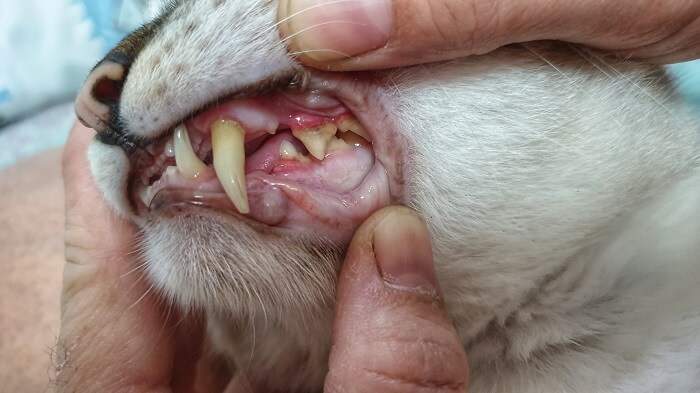
Cavities In Cats Causes Symptoms Treatment All About Cats
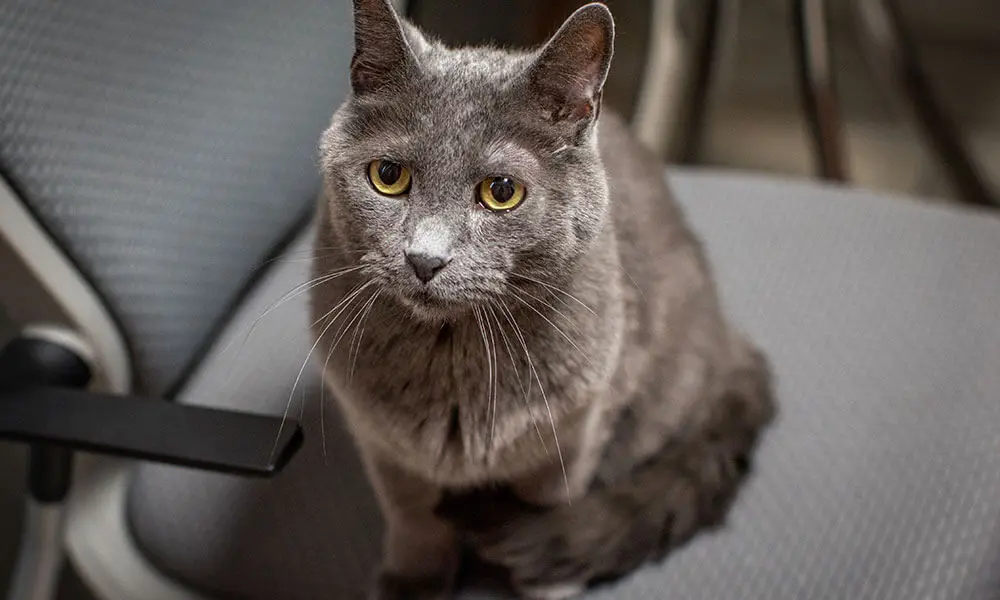
Feline Tooth Resorption A Guide For Cat Owners 1st Pet Veterinary Centers Az
Tooth Resorption In Dogs And Cats Vetbloom Blog

Tooth Resorption Animal Dental Specialist

External Tooth Resorption In Cats Part 2 Therapeutic Approaches Today S Veterinary Practice

Juvenile Gingivitis Periodontitis Advanced Animal Dentistry

Resorptive Lesions Feline Healthy Paws Animal Hospital
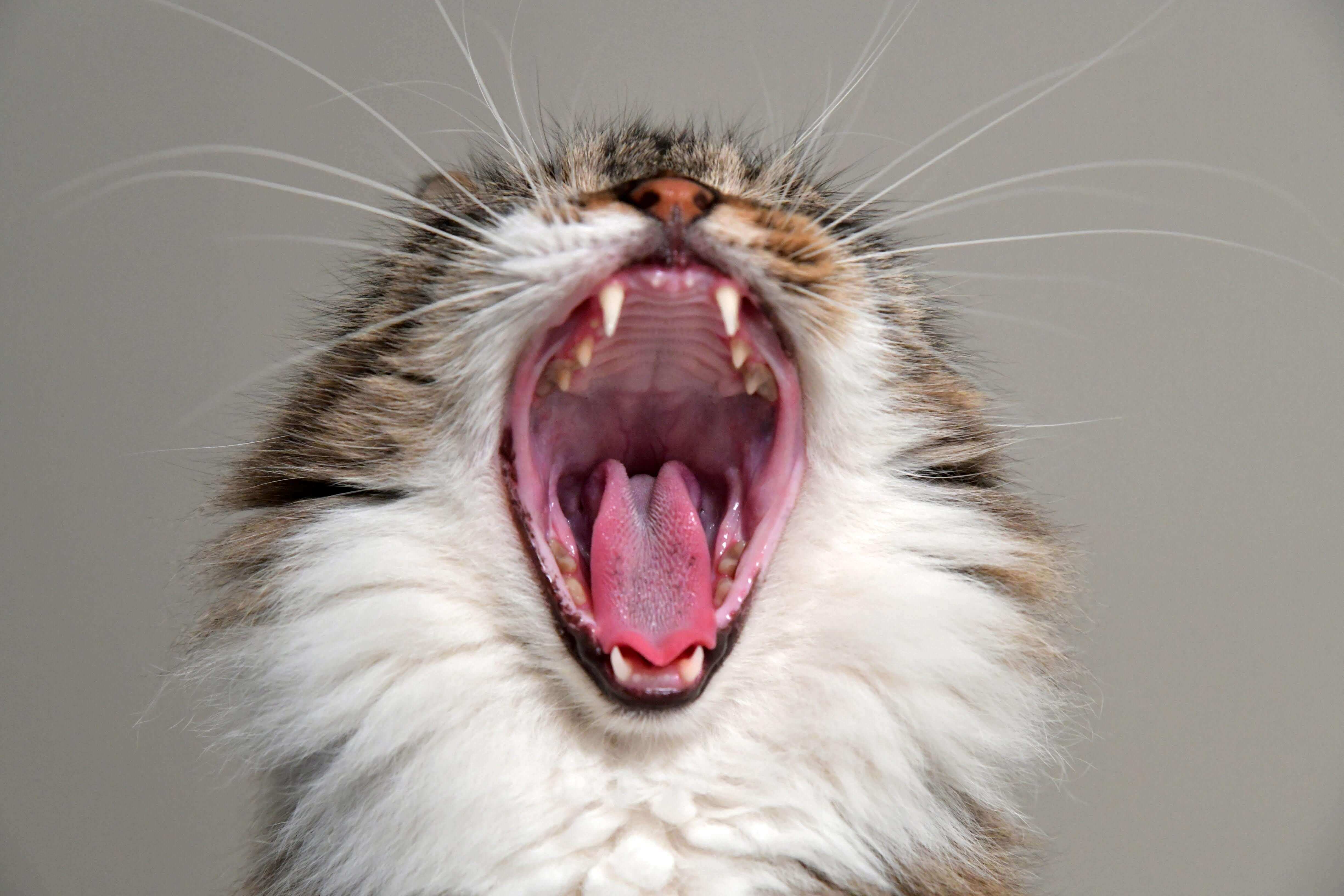
What Every Cat Owner Should Know About Dental Care For Cats

External Tooth Resorption In Cats Part 2 Therapeutic Approaches Today S Veterinary Practice
Resorptive Lesions In Cats An Update The Veterinary Nurse

Dental Care For Cats North Elm Animal Hospital
Tooth Resorption In Dogs And Cats Vetbloom Blog

Don T Ignore The Signs Of Dental Disease In Cats

Tooth Resorption In Cats A Widespread Painful Problem

Tooth Resorption Advanced Animal Dentistry

Feline Tooth Resorption How To Help Your Cat Firstvet
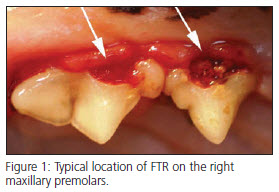
Feline Tooth Resorption Montana Pet Dentistry Oral Surgery

